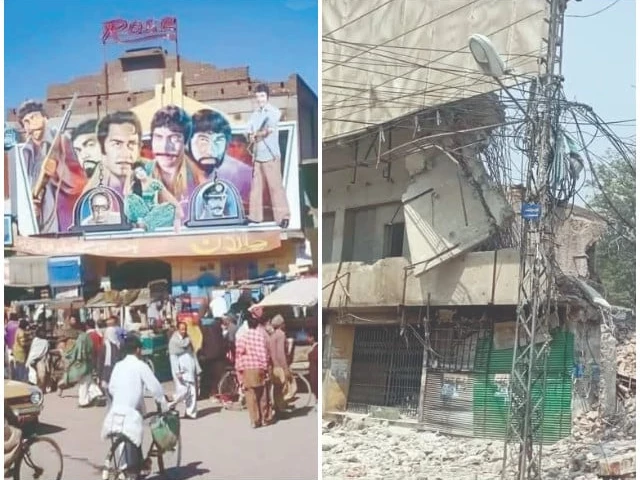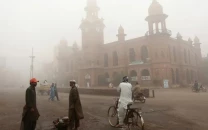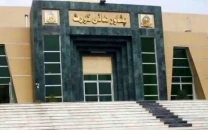Pindi's cinema era fades into history
With demolition of Rose Cinema, city's cultural heartbeat comes to silent end

With the recent demolition of the iconic Rose Cinema, established in 1926 during the British era, Rawalpindi has witnessed the symbolic end of a vibrant chapter in its cultural and cinematic history.
Once a hallmark of the city's thriving film scene from the 1960s to the early 2000s, the destruction of this nearly century-old cinema marks the final blow to the city's once-flourishing film industry.
Located in the heart of the city near Raja Bazaar, Rose Cinema was built on land donated by a wealthy Hindu philanthropist, Bhimas Ram.
Adjacent to the District Headquarters Hospital, the cinema was conceived with a clear purpose: to provide accessible entertainment to labourers and workers from the surrounding 30 wholesale markets and trade centres after a hard day's work.
It succeeded for over four decades, particularly as a hub for Punjabi films, drawing large crowds of working-class moviegoers. It was not just a place of entertainment but a cultural landmark, often enjoying "sold-out weeks" with massive queues for tickets.
At its peak, Rawalpindi boasted 24 cinema houses. These included notable names such as Naz, Shabistan, Gulistan, Kahkashan, Shaheen, PAF, Moti Mahal, Rialto, and Sangeet along the Faizabad-Marrir Chowk route.
In the inner city, cinemas like Nadir, Khursheed, Rose, Nishat, Imperial, Taj Mahal, and Novelty thrived, while Saddar was home to Ciros, Odeon, Plaza, and Capital. In other areas, there were Tasveer Mahal in Lalkurti, and Rex, Garrison, and Qasim Cinema near the Qasim Airbase in Dhamial.
For decades, these cinemas offered more than just films. They supported a parallel economy, offering part-time jobs to thousands. After their day jobs, people would run food stalls, manage ticket counters, or work security. Cinema projectionists held full-time positions, and skilled artists hand-painted film posters and signboardsan art that has now vanished.
In parallel, Rawalpindi's Liaquat Hall, a grand auditorium in Liaquat Bagh, served as the epicentre of theatrical performances. Securing a slot there was considered a guaranteed success for any stage production.
Iconic performers like Moin Akhtar, Qavi Khan, Masood Akhtar, Roohi Bano, Agha Talish, Umer Sharif, and Ismail Tara brought the stage to life, often drawing family audiences in large numbers. Women made up the majority of attendees during the golden years of family-oriented stage dramas.
However, as the years went by, things began to unravel. Crass humour and vulgar dialogues alienated families, who once formed the backbone of the theatre audience.
The advent of VCRs, the flood of international dramas, social media, and a decline in film quality gradually pushed cinemas and stage plays into obscurity. Once a thriving industry with long booking queues for new film releases and stage shows, Rawalpindi now finds itself devoid of any meaningful cinema culture.
Of the original 24 cinemas, nine have been converted into commercial plazas, four into wedding halls, seven are permanently closed, and four have been demolishedawaiting new construction. The art of painting movie billboards, once a proud tradition, has also disappeared.
Today, only a few cinemas remain, occasionally hosting stage plays, most of which fade quickly due to lack of quality and interest. With the fall of Rose Cinema, Rawalpindi's cinematic legacy has, in many ways, reached its final scene.



















COMMENTS
Comments are moderated and generally will be posted if they are on-topic and not abusive.
For more information, please see our Comments FAQ